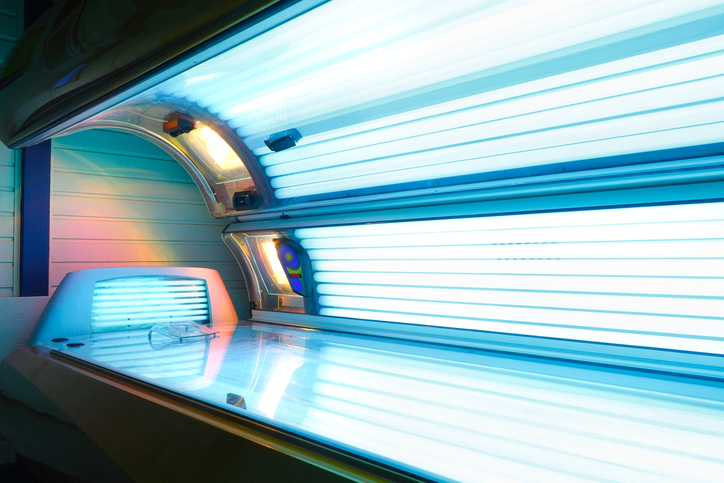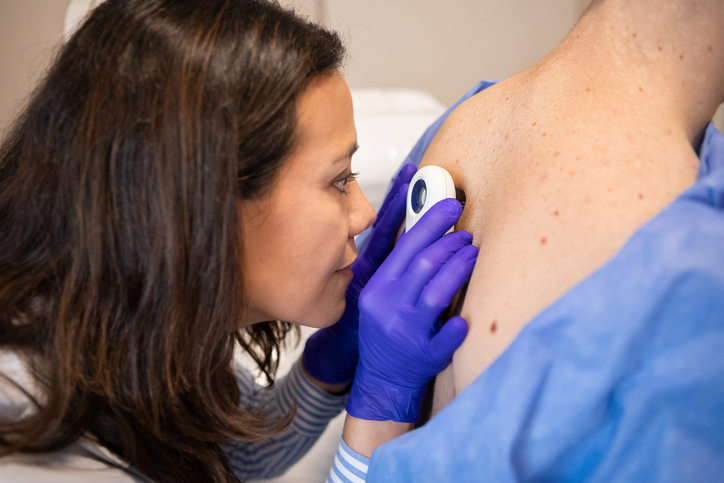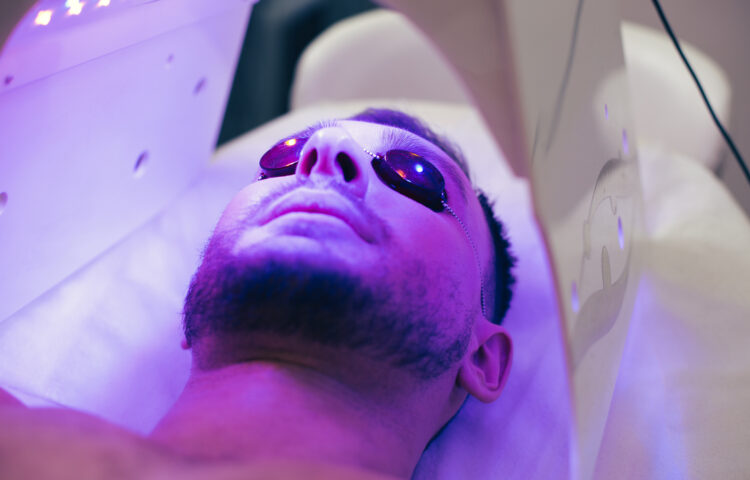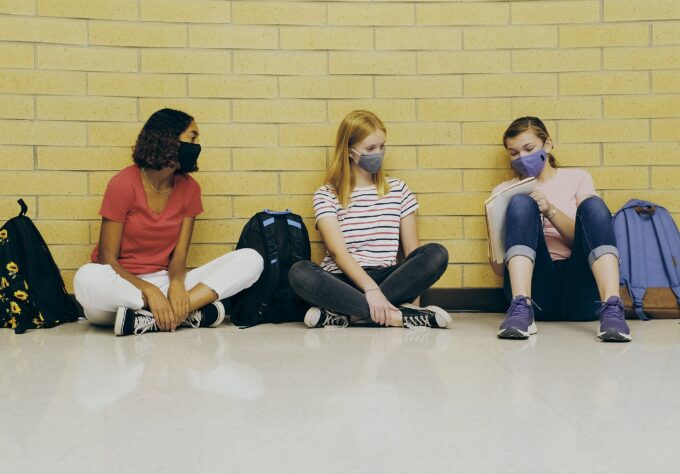Many teens enjoy how they look with a fresh tan. To keep that glow year-round, some turn to tanning beds believing it’s a safer or easier option than sunbathing. But here’s the truth: research shows that tanning beds are actually more harmful than natural sun exposure.
How Tanning Beds Work and Their Risks
Tanning beds use florescent lights to emit ultraviolet (UV) radiation that darkens the skin. The UV exposure stimulates melanocytes — cells in the skin that produce melanin, the pigment responsible for tanning. While it may seem like a simple process, tanning beds expose the skin to high levels of UVA and UVB radiation.
While early detection is important, prevention is key. Just 10 minutes in a tanning bed exposes your teen’s skin to concentrated UVA and UVB rays that are often much stronger than natural sunlight — these rays penetrate deep, damaging the DNA in skin cells. Repeated damage can lead to serious health risks, including skin cancers like melanoma, basal cell carcinoma, and squamous cell carcinoma. In fact, just one tanning session before age 35 increases your risk of melanoma by 75%. Even healthy-looking teens can develop skin cancer, which often shows up as a strange mole or spot.

Additionally, UV rays break down collagen and elastin, the proteins that make your skin smooth and firm. Over time, this leads to premature wrinkles, fine lines, and dark spots. Skipping proper eye protection during tanning sessions can result in eye damage — given the intense strength of UV rays, proper eye protection is essential.
Understanding the Social Pressures Behind Tanning Bed Use
Social pressures or trends often make tanning beds seem harmless, and many teens are unaware of the risks due to the common misconception that tanning beds are no worse than natural sun exposure. Because many of the harmful side effects take time to appear, teens who see their peers using tanning beds may assume it’s safe. As a parent, it’s important to understand the social pressures that may be influencing your teen. You can help by openly discussing the long-term risks and emphasizing that a temporary tan isn’t worth compromising their skin health.
What to Do if Your Teen Has Used Tanning Beds
If your teen has already used tanning beds, don’t panic — it’s not too late to minimize further harm. Encourage them to perform regular skin checks and look for suspicious moles or skin spots using the ABCDE rule: asymmetry, uneven borders, multiple colors, diameter (larger than a pencil), or evolution in appearance. If anything looks unusual or matches the rule, don’t hesitate to have it checked by a dermatologist.

Safer Alternatives to Tanning Beds
There are healthier ways to achieve a natural-looking tan without spending time in the sun or a tanning bed. Spray tans and sunless tanning products can help you achieve a full-body glow in just a few minutes. The main ingredient in many spray tans and at-home sunless tanning products is dihydroxyacetone (DHA), which is FDA approved for external use and is considered a safe alternative to UV exposure as long as your teen doesn’t inhale it. Both options take only a few minutes to apply, and once they develop, the skin is left with a fresh glow that lasts up to seven days.
Tanning beds are no safer than the sun. They deliver intense UV rays that increase melanoma risk and cause skin to age faster. You can encourage your teen to avoid the tanning bed by helping them find healthier alternatives, like a spray tan or at-home self-tanning products, and using broad spectrum SPF, hats, and shade when exposed to the sun. If your teen has already used tanning beds, you can help them avoid further harm by encouraging regular skin checks and visiting a dermatologist for any unusual or changing spots.



